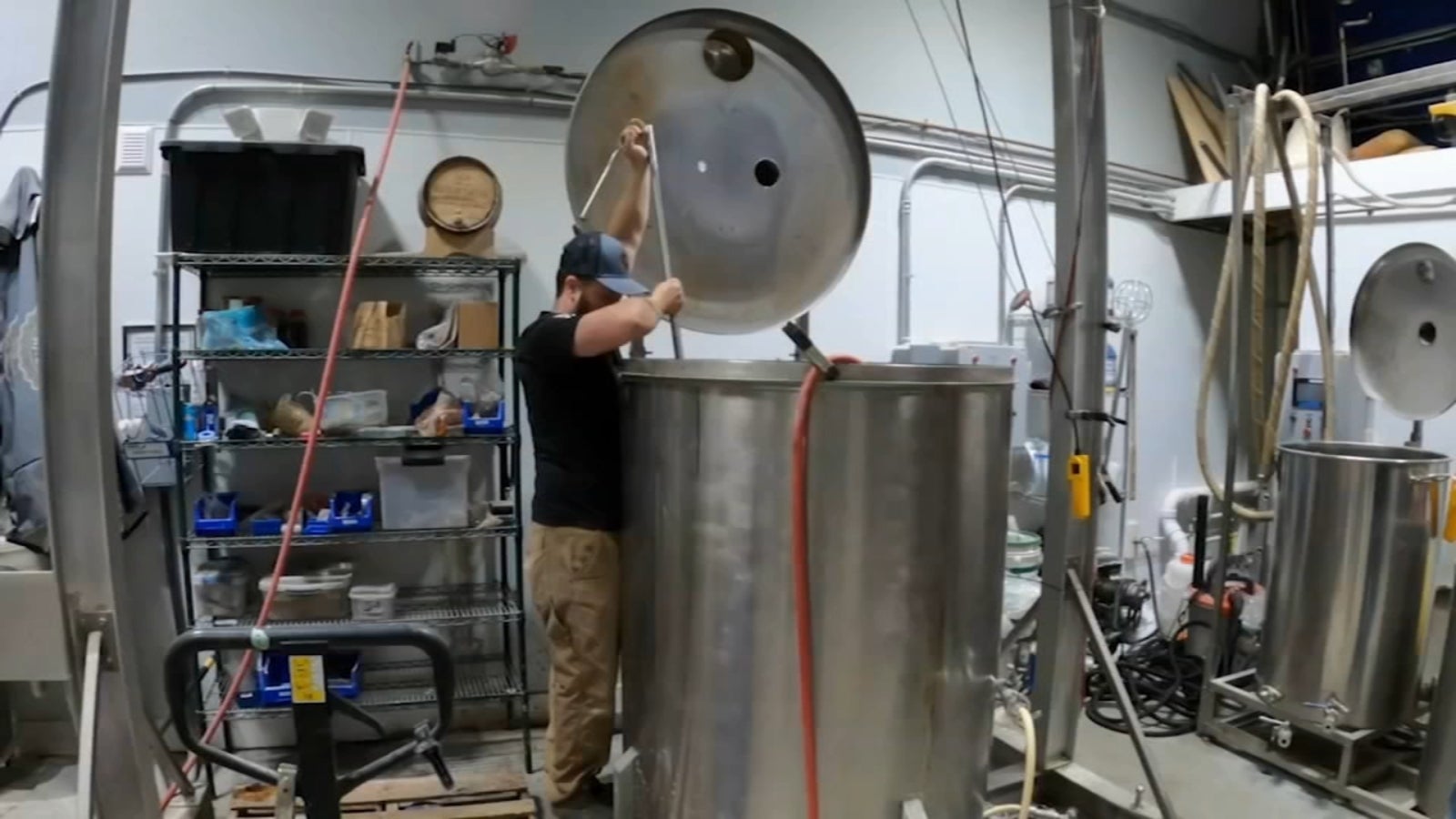Explore Costs Galveston Whiskey: Top Picks and Distilleries
Explore Costs Galveston Whiskey: Top Picks and Distilleries
Blog Article
Grasping the Craft of Distillation: a Deep Dive Into Distillery Traditions
Checking out the detailed art of distillation reveals a world steeped in time-honored customs that have actually shaped the spirits we delight in today. From the ancient origins of distillation methods to the contemporary development of distillery devices, each step in the process carries with it a rich tapestry of background and knowledge. As we dive into the delicate equilibrium of typical versus modern-day distilling techniques and reveal the value of vital components, a much deeper understanding emerges of the profound influence distillery practices carry the spirits we enjoy.
Origins of Purification Methods
The growth of distillation methods has a rich history that traces back to ancient civilizations. The principle of separating components based on their different boiling factors laid the structure for the sophisticated distillation processes we have today.
The earliest proof of distillation go back to around 3000 BC in Mesopotamia, where clay pots were used to boil down perfumes and aromatic oils. The Egyptians further advanced these methods, using purification for embalming practices and medicinal objectives. The Greeks, especially figures like Aristotle and Hippocrates, added to the theoretical understanding of purification.
With time, purification infect regions like India, China, and the Center East, each culture including its distinct touch to the craft. The evolution of purification techniques continued through the Center Ages and the Renaissance, ultimately causing the varied selection of distillation procedures utilized in modern-day distilleries worldwide.
Development of Distillery Tools

With developments in modern technology and a much deeper understanding of the distillation procedure, contemporary distilleries currently make use of a range of sophisticated devices to produce spirits of the highest high quality. Today, purification tools includes column stills, reflux stills, and hybrid stills, each made to deal with specific distillation requirements. These modern-day stills supply better temperature regulation, raised distillation accuracy, and higher performance in dividing alcohol from contaminations.
Along with stills, distilleries now use sophisticated condensers, fermenters, and purification systems to further fine-tune the extract. The development of distillery devices proceeds to play an important function fit the diverse array of spirits readily available out there today.
Typical Vs. Modern Distilling Practices
Alternatively, contemporary distilling methods leverage advanced technology and technology to streamline production processes and enhance consistency. Automated systems, computerized controls, and advanced devices make it possible for modern distilleries to generate spirits extra efficiently and with higher precision.
While traditional distilling techniques are valued for their heritage and the special flavors they generate, contemporary techniques provide advantages in regards to scalability, quality assurance, and sustainability. By including scientific developments and modern design, distillers can enhance production, decrease waste, and fulfill the needs these days's market a lot more efficiently. Eventually, the choice in between modern-day and standard distilling techniques typically depends on the distillery's objectives, values, and target market.
Trick Active Ingredients in Purification Process
Within the craft of purification, the choice of key active ingredients plays an essential function in establishing the taste account and high quality of the spirits generated. The primary ingredients utilized in the distillation process are generally water, yeast, and a fermentable source such as grains, fruits, or sugarcane.
Water is a fundamental component as it not only waters down the alcohol material to a tasty level but likewise affects the total mouthfeel and structure of the spirit. The quality and mineral content of the water used can considerably influence the final product.
Yeast is an additional necessary component that transforms the sugars present in the fermentable source into alcohol through the process of fermentation. Different stress of yeast can create differing tastes and fragrances, adding to the one-of-a-kind qualities of the spirit.

Impact of Distillery Traditions on Spirits
The impact of longstanding distillery practices on spirits extends beyond the choice of vital ingredients, shaping the very essence and personality of the last distilled products (Galveston Liquor). These customs, gave via generations, play a crucial function in specifying the unique taste accounts and qualities that distinguish one spirit from another
Distillery traditions encompass a vast variety of practices, from the details methods made use of in purification to the choice of aging procedures used. For instance, the usage of traditional copper pot stills in whiskey manufacturing is thought to give particular flavors and attributes that are very valued by lovers. In a similar way, the aging of spirits in oak barrels, a method deeply rooted in distilling practices, adds to the advancement of complicated fragrances and tastes over time.

Final Thought
In final thought, the customs of purification have an abundant background that has advanced in time. From the view it origins of purification strategies to the modern-day techniques, the effect of distillery customs on spirits is indisputable. By understanding the crucial active ingredients in the distillation procedure and the evolution of distillery devices, one can value the craftsmanship and creativity that goes into producing premium spirits. Distillery practices play an essential function in shaping the spirits industry and maintaining the heritage of purification techniques.
Throughout the history of distillation, the equipment utilized in distilleries has undergone substantial evolution to boost performance and high quality of the distillation procedure.With improvements in innovation and a deeper understanding of the distillation procedure, contemporary distilleries now utilize a range of innovative tools to produce spirits of the highest high quality. Today, distillation tools includes column stills, reflux stills, and hybrid stills, each made to provide to particular distillation demands. From the beginnings of distillation strategies to the contemporary techniques, the impact of distillery traditions on spirits is undeniable. Distillery customs play an important function in forming the spirits market and preserving the heritage of distillation practices.
Report this page